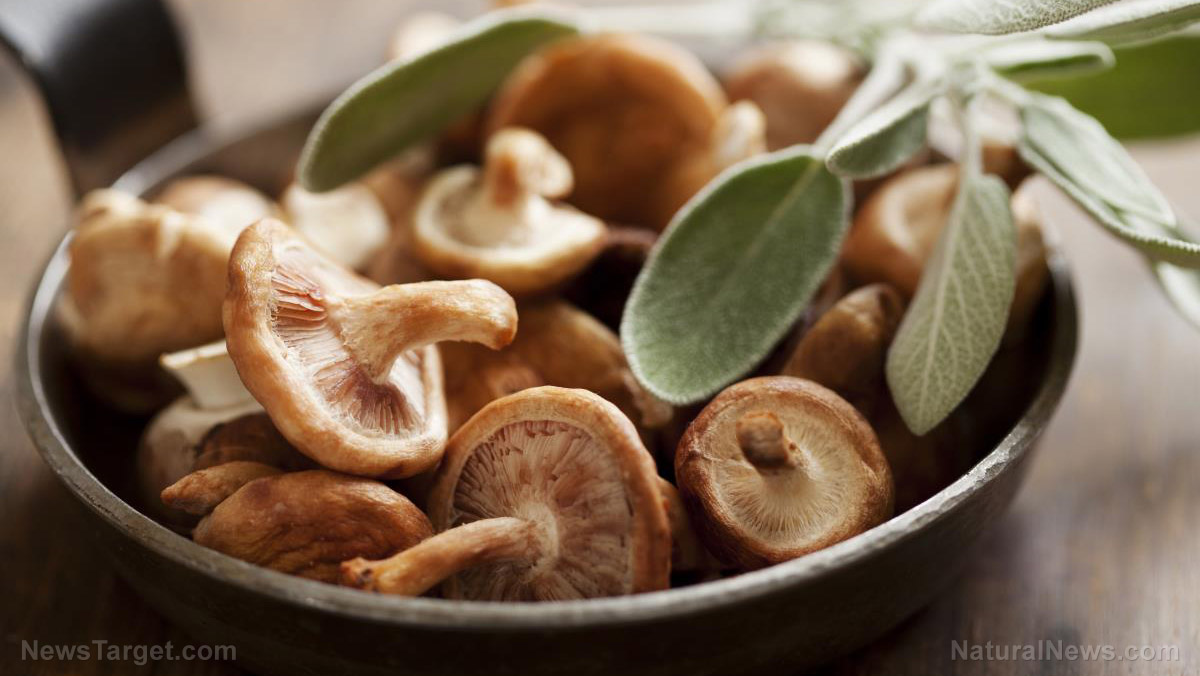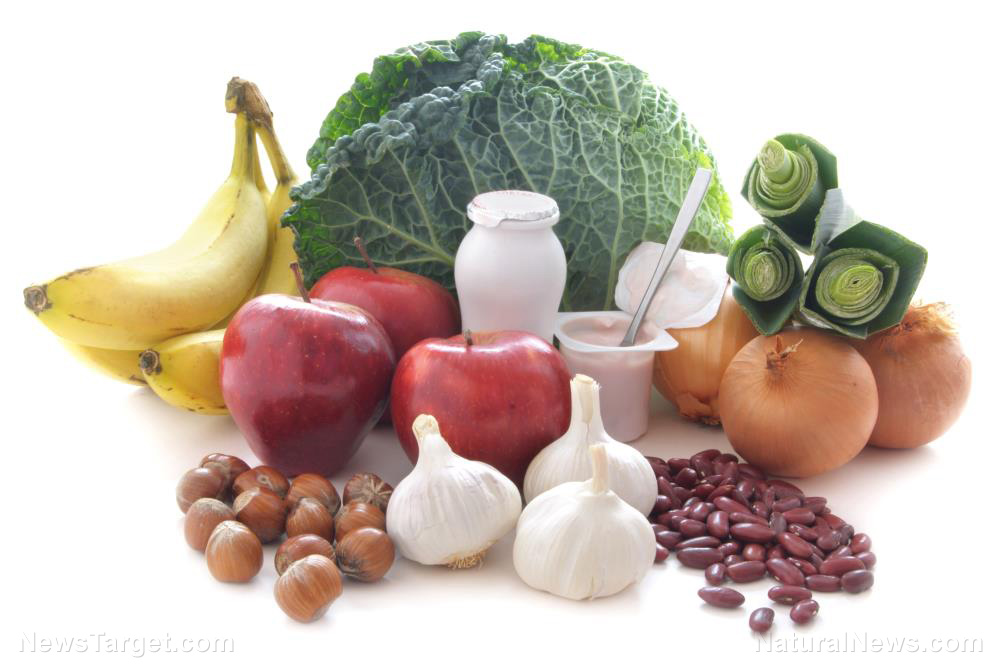Leaves provide a window into the health of an ecosystem: Research confirms that they are sophisticated sensors of environmental health
08/06/2019 / By Edsel Cook

Researchers found a possible method of evaluating the state of an environment. By analyzing the concentrations of nutrients stored in the leaves of locally found plants, they might get an accurate picture of the overall health of the local ecological systems.
Known for hosting the photosynthetic process that provides plants with food and energy, leaves are also some of the most complex and capable environmental sensors found in nature. They are highly sensitive to changes that take place in the surrounding air, soil, and water.
Yvonne Buckley of the Trinity College Dublin was one of the members of an international group of researchers studying grassland ecology. They looked at the levels of nitrogen, phosphorus, potassium, and other essential nutrients stored in the leaves of plants.
Buckley and her colleagues discovered that these nutrient levels changed after the soil got treated with artificial fertilizer. Furthermore, the chemical changes took place in all of the plants found in the area, no matter the species or type. (Related: Past fire control efforts have interfered with the natural ecosystem of forests, increasing the risk and intensity of wildfires.)
Fertilizer doesn’t affect the nutrient levels and specific leaf area of leaves
Earlier studies established that the nutrient levels in individual species of plants at a single location can change once the site gets fertilized. This behavior appeared in both wild and cultivated plants.
The new study took place at 27 areas in multiple continents. Sites ranged from semiarid grasslands and savannas in Australia, more fertile locations in Europe, and prairies in North America. It provided the first piece of concrete evidence that the changes in nutrient levels take place throughout entire plant communities, no matter the climate or the soil condition.
GLYPHOSATE testing is now being applied to all Health Ranger Store branded products. Our in-house lab uses LC-MS-MS (triple quad mass spec). See the full lab science tour video and announcement here. Shop for ultra-clean, lab-tested superfoods, personal care products and more at the Health Ranger Store, the world's most trusted source for clean foods and lab-verified nutritional solutions.
Fertilization provides plants with additional nutrients. The extra nutrition helps plants increase in size and produce more significant numbers of flowers and seeds. However, the growth processes use up a lot of nutrients, which reduces the concentrations in the leaves. As a result, fertilizer treatment can’t be guaranteed to improve the nutrient levels in leaves.
One of the most important discoveries of the study involved “specific leaf area.” This structural characteristic of a leaf offered clues as to how plants collected sunlight for food production and fended off herbivores.
Interestingly, specific leaf area appeared to be unaffected by the use of artificial fertilizer. Despite its importance, it did not change predictably in response to fertilization.
Keeping track of ecological and environmental health via plant leaves
Buckley and her colleagues reported that the characteristics of climate and soil played far more significant roles in changing specific leaf area. They theorized that leaf architecture reacts over an extended period, whereas fertilization is a short-term approach.
Grasslands are one of the most significant natural habitats in the world. They provide humans with food, ensure the air remains clean, and serve as homes for pollinating animals like bees.
As humans convert increasingly large swathes of land into farmlands and housing, they may end up causing grasslands to undergo ecological alterations. The nutrient levels of leaves in an affected area provided a natural means of keeping track of changes in the environment.
“There are two ways that leaf nutrients can change in grassland communities, either the existing species leaves change to store more nutrients or the kinds of species which can survive in these new conditions change to species that naturally have higher leaf nutrients,” Buckley remarked about the results of her team’s study. “We found that for nitrogen and potassium both of these things were happening but for phosphorus the species change pathway was not important.”
Sources include:
Tagged Under: agriculture, breakthrough, discoveries, Ecology, environment, environmental health, Fertilizers, harvest, Leaves, Plants
RECENT NEWS & ARTICLES
Natural.News is a fact-based public education website published by Natural News Features, LLC.
All content copyright © 2018 by Natural News Features, LLC.
Contact Us with Tips or Corrections
All trademarks, registered trademarks and servicemarks mentioned on this site are the property of their respective owners.



















